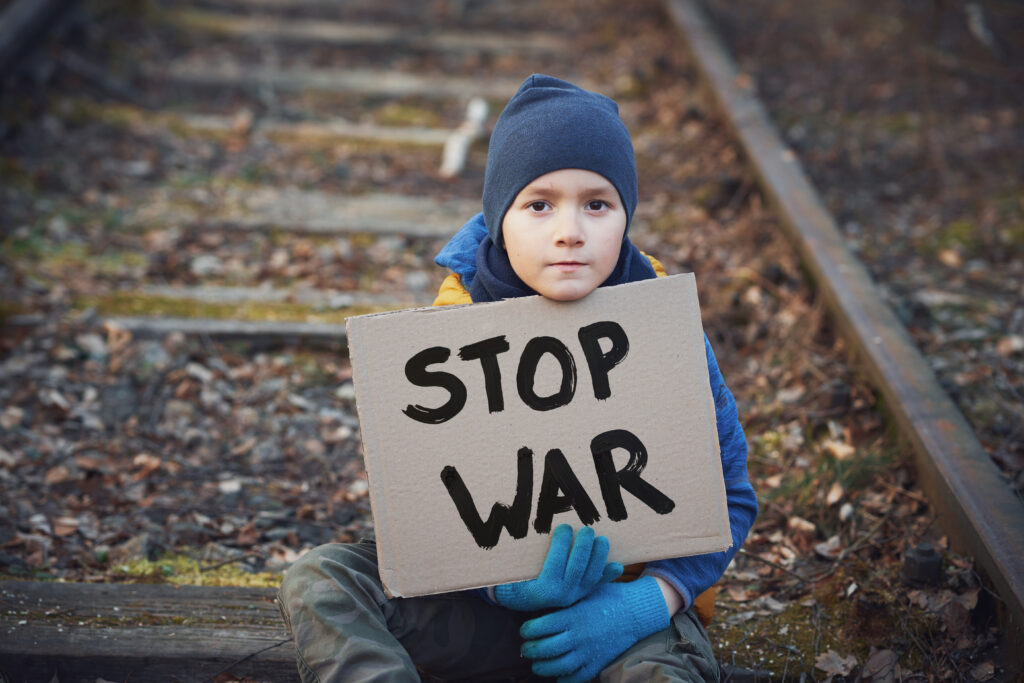NEW SYRIA
“War doesn’t determine who is right—only who is left.”

“War doesn’t determine who is right—only who is left.”
This stark observation by Bertrand Russell resonates deeply with the reality of Syria today.
Over a decade of relentless conflict has left its mark on the nation, not only in physical destruction but in the erosion of trust, livelihoods, and hope.
For years, the world has watched as cities crumbled under the weight of war and millions of Syrians were displaced, forced to abandon their homes and futures.
But now, the question isn’t what Syria has lost—it’s how we begin to rebuild it.
The task ahead is monumental. The destruction of Syria’s infrastructure is estimated to have cost the nation over $400 billion or more.
Over 13 million Syrians half the population are in urgent need of humanitarian aid. But these statistics, as staggering as they are, tell only part of the story. Behind each number is a person: a child who hasn’t seen a classroom in years, a mother searching for food for her family, or a young entrepreneur whose dreams have been deferred by a war they didn’t choose. These are the faces of Syria’s recovery, and their resilience holds the key to rebuilding the nation.
Reconstruction, however, isn’t simply a matter of fixing what’s broken. It’s about reimagining a future for Syria that goes beyond pre-conflict norms. Before the war, the country struggled with systemic issues like economic inequality, political oppression, and limited access to resources for marginalized groups.
The goal now must be more ambitious than just returning to the way things were. It’s about creating a Syria where communities thrive, not just survive. This means addressing the root causes of conflict, fostering inclusivity, and rebuilding not only the physical but also the social and economic fabric of the country.
Rebuilding Syria will require a multi-faceted approach. First and foremost is the issue of infrastructure. Roads, bridges, schools, hospitals, and utilities these essential systems form the backbone of any functioning society. Currently, an estimated 70% of Syria’s infrastructure is damaged or destroyed. Rebuilding these structures isn’t just a technical challenge; it’s a statement of hope and a commitment to the people. Every repaired road or reopened school is a symbol of progress, a tangible reminder that recovery is possible.
But infrastructure alone isn’t enough. The Syrian economy, once a diverse mix of agriculture, manufacturing, and services, has been decimated. Unemployment has soared, businesses have shuttered, and trade has all but collapsed. Revitalizing the economy requires bold, targeted efforts. This includes supporting small and medium-sized enterprises, which are critical to job creation and community development. It means empowering local entrepreneurs, especially women and young people, who often face additional barriers to economic participation. And it demands international investment that prioritizes long-term growth over short-term profit.
One of the most urgent and complex challenges is addressing the human cost of the conflict. Over six million Syrians are internally displaced, and another six million are refugees scattered across the globe. Rebuilding Syria means creating conditions that allow these individuals to return safely and with dignity. This involves more than just providing housing or jobs; it requires rebuilding trust in institutions, fostering social cohesion, and ensuring that returning populations have access to education, healthcare, and basic services.
Education, in particular, is a cornerstone of Syria’s recovery. An entire generation of Syrian children has grown up in the shadow of war, many without consistent access to schooling. Investing in education isn’t just about preparing children for the workforce; it’s about equipping them with the skills and knowledge to rebuild their own communities. Education fosters resilience, nurtures critical thinking, and provides a sense of normalcy amid chaos. It is one of the most powerful tools we have to break the cycle of poverty and conflict.
Healthcare is another critical priority. Years of war have decimated Syria’s healthcare system, leaving millions without access to basic medical services. Rebuilding hospitals and clinics is essential, but so is training and retaining medical professionals. Many doctors, nurses, and specialists have fled the country, and addressing this brain drain is vital to ensuring the long-term stability of Syria’s healthcare system. International partnerships can play a significant role here, providing resources, expertise, and funding to rebuild a system capable of meeting the needs of a recovering population.
Of course, none of this can happen without addressing the underlying political and social dynamics that fueled the conflict in the first place. The war in Syria wasn’t just a humanitarian disaster; it was a failure of governance. Moving forward, any reconstruction efforts must prioritize transparency, accountability, and inclusivity. This means creating opportunities for marginalized groups to participate in the rebuilding process, ensuring that decisions are made with input from local communities, and holding leaders accountable for their actions.
The international community also has a crucial role to play. Rebuilding Syria is not a task that can—or should—be undertaken by Syrians alone. Governments, NGOs, and private sector actors must work together to provide funding, expertise, and resources. However, this support must be carefully managed to ensure that it benefits the Syrian people rather than entrenching existing power structures or creating new dependencies. International aid should be conditional on reforms that promote good governance, human rights, and social equity.
Rebuilding Syria is not a quick fix. It is a complex, multi-generational effort that requires patience, collaboration, and a deep commitment to the principles of justice and equity. But it is also an opportunity—a chance to build a Syria that is stronger, fairer, and more resilient than before. The path ahead will not be easy, but every step we take is a step toward a brighter future.
Together, we can lay the foundation for a new Syria—one built not on the ruins of the past but on the promise of a better tomorrow.
